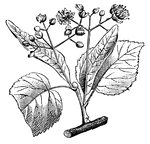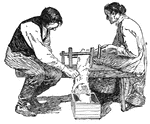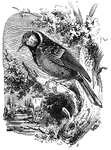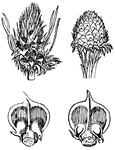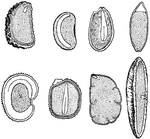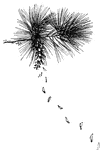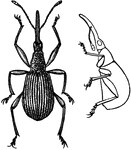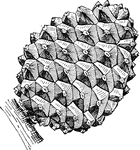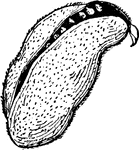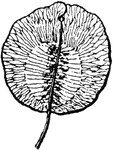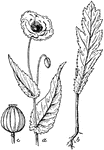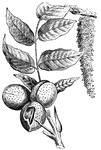
Nut
There are many types of nuts that grow on trees. They are hard to protect the growing embryo encased…
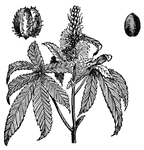
Castor Oil Plant
Castor oil is made from the seeds of this plant. This oil is used in medicine for a purgative and is…
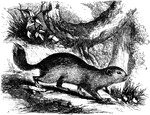
Souslik
"Is about either inches long, and the tail one-third as long; its color is grayish-brown, marked with…
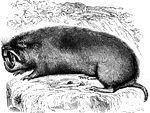
Gopher
"It is of a pale yellowish-gray, seven and a half inches long, and derives its common name from its…
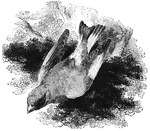
Green Grosbeak
Also known as the green finch, the green grosbeak frequents gardens, orchards, small woods, and cultivated…

Common Sparrow of Europe
Often found among human settlement, the common sparrow of Europe's diet consists of seeds, insects,…

Common Linnet of Europe
The common linnet of Europe is a small, active bird that feeds primarily on seeds.
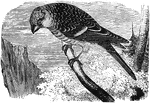
Pine Grosbeak
Found in the northern parts of America and Europe, the pine-grosbeak feeds mostly on seeds.

Meadowlark
Known in Virginia as the old-field lark, the meadow-lark is a migratory bird that feeds on insects and…
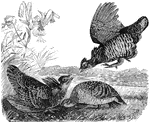
Prairie Hens
Prairie hens feed on grasshoppers, wheat, corn, seeds, and the buds of trees. They are also known as…
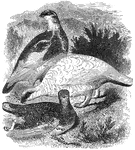
Ptarmigans
A trio of ptarmigans (also known as white grouses) found in colder regions at higher altitudes. They…
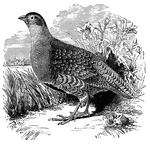
Common Partridge of Europe
The common partridge of Europe, or gray partridge, is found throughout Europe, Asia, and Africa. Its…
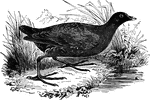
Moorhen
Also known as the waterhen, the moorhen lives around rivers and lakes, feeding on worms, insects, mollusca,…

Akee fruit
"…a fleshy fruit containing several large jet-black seeds partly embedded in a white spongy aril.."-Whitney,…
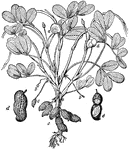
Common peanut
"Common Peanut (Arachis hypogæa). a, flowers; b, ovaries on lengthened stipes; c, forming fruit;…

Cacao Plant
"Cacao, or cocoa, is the chocolate tree, and also the powder and beverage made with it obtained from…

Green Woodpecker
"Woodpecker is the popular name of the old Linnæan genus Picus, now greatly divided. Woodpeckers…
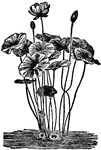
Nelumbium
"Nelumbium is the typical and only genus of the order Nelumbiaceæ. The species are remarkable…
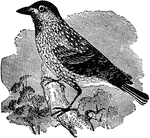
Nutcracker
"The Nut Cracker is a bird of Southern Europe. They feed on the seeds of pine and beech, and on nuts,…
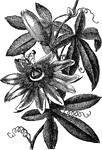
Passion Flower
"Pasiflora is the passion-flower. Generally climbing herbs or shrubs. Fruit succulent, seeds many. Found…
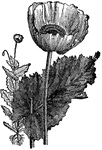
Opium Poppy
"Poppy is a genus of plants, of which there are numerous species, mostly natives of Europe and Asia,…

Eyebright
A genus of plants of natural order Scropulariaceæ. having a tubular calyx, the upper lip of the…
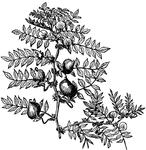
Chick Pea
It grows wild around the shores of the Mediterranean and many parts of the East, producing a puffy pod,…

Pluto, Persephone, and Mercury
"Mercury was sent, accompanied by Spring, to demand Persephone of Pluto. The wily monarch consented,…

Durand strawberry
"Large oblong or oblong conical, sometimes flattene, seeds but slightly imbedded; color scarlet; flesh…
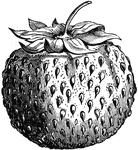
Green prolific strawberry
"Large round; pale crimson or deep scarlet; seeds slightly sunken, rather soft, acid, without richness,…
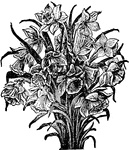
Narcissus
A genus of popular flowering plants, most of which are native to Europe, but many of them have been…

Nasturtium
A genus of aquatic herbs of the mustard famil, known generally as the water-cresses. The leaves in most…
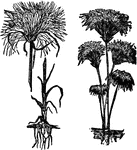
Papyrus
A genus of rushlike plants of the sedge family, growing in marshy places from root-stalks. The stem…

Peanut
A trailing plant of the bean family, bearing a hairy stem, small yellow flowers, and two-paired primate…
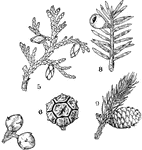
Pinales
This illustration shows some common examples of Pinales: 5, Thuja or arbor vitae. 6, Strobilus, of Chamaecyparis…
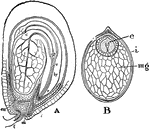
Dicotylendonous
This illustration shows the structure of dicotyledonous seeds: A, nearly mature seed of Lepidium. The…
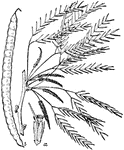
Mesquit
A plant characterized by the cylindrical spikes, and by the pod, which is nearly cylindrical, straight…
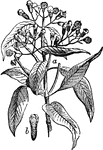
Cloves
"Cloves are the flower-buds of the Clove-tree. The genus to which this tree belongs is of the natural…


